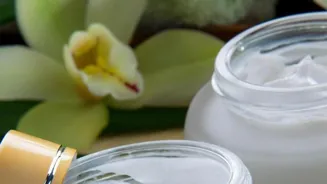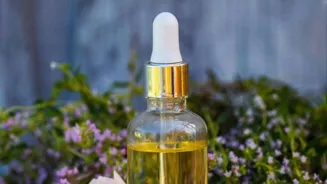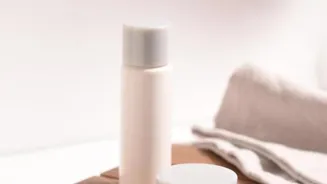Unlock the secrets of radiant skin with proper exfoliation! Discover the best practices and frequency for your skin type. Read on to reveal the path to a healthier, glowing complexion
In the bustling cities
and serene villages of India, where traditions meet modernity, skincare is gaining prominence. While our grandmothers relied on time-tested home remedies, today's generation seeks a blend of both worlds. One skincare practice that's creating quite stir is exfoliation.
But what exactly is it, and how often should we be doing it, considering our diverse skin types and environmental factors? Well, let's dive right in, shall we?
Exfoliation removes dead skin for brighter, smoother skin
Exfoliation is, in simple terms, removing the dead skin cells from the surface of your skin. Our skin is constantly renewing itself. Old cells die and new ones take their place.
However, sometimes, the dead cells don't shed properly and can build up, leading to dullness, clogged pores, and even breakouts. Exfoliation helps to speed up this natural process, revealing brighter, smoother skin underneath.
It's like giving your skin a fresh start, allowing it to breathe and absorb skincare products more efficiently. Think of it as clearing a pathway for your moisturizers and serums to penetrate deeper and work their magic.
Two types of exfoliation: physical using tools, chemical with acids
Now, there are two main types of exfoliation: physical and chemical. Physical exfoliation involves using tools or scrubs to manually remove the dead skin cells. This includes things like scrubs with sugar or salt, cleansing brushes, and even a simple washcloth.
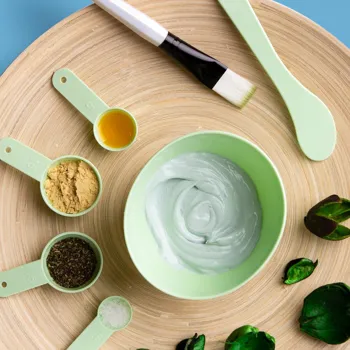
Chemical exfoliation, on the other hand, uses acids or enzymes to dissolve the bonds between dead skin cells. Common chemical exfoliants include alpha-hydroxy acids (AHAs) like glycolic acid and lactic acid, and beta-hydroxy acids (BHAs) like salicylic acid.
Each method has its own set of pros and cons, and the best choice for you depends on your skin type and sensitivity.
Exfoliation key for radiant skin, physical vs. chemical methods
The key to a radiant complexion often comes down to removing dead skin cells through exfoliation. Understanding the difference between physical and chemical methods is crucial for choosing the right approach.
Our skin constantly regenerates, but sometimes old cells linger, causing dullness and blocked pores.
Exfoliation reveals brighter, smoother skin
Exfoliation effectively speeds up this process, revealing brighter, smoother skin.
Adjust exfoliation frequency to suit your skin type
Whether with a scrub or chemical exfoliant, it's essential to tailor the frequency to your skin type.
Exfoliate based on skin type, 2-3x weekly; adjust for sensitivity
Now, let's get to the million-dollar question: how often should you exfoliate? The answer isn't one-size-fits-all. It depends on several factors, including your skin type, the type of exfoliant you're using, and your skin's sensitivity.
For most people, exfoliating two to three times a week is a good starting point. However, if you have sensitive skin, you might want to start with once a week and gradually increase the frequency as your skin gets used to it.
It's also important to pay attention to how your skin feels and looks after exfoliating. If it feels tight, dry, or irritated, you're probably exfoliating too often or too aggressively. And remember, less is often more when it comes to skincare.
Over-exfoliating can damage your skin's protective barrier, leading to sensitivity, redness, and even breakouts. So, be gentle and listen to your skin.
Exfoliate based on skin type for clear skin
If you have oily or acne-prone skin, you might benefit from exfoliating more frequently, as it can help to unclog pores and prevent breakouts. However, it's important to choose a gentle exfoliant and avoid overdoing it, as excessive exfoliation can actually worsen acne.
For those with dry or sensitive skin, exfoliation should be done less frequently and with a gentle touch. Look for hydrating exfoliants with ingredients like lactic acid or enzymes, which are less likely to irritate the skin.
And always follow up with a good moisturizer to replenish the skin's moisture barrier.
Tailored exfoliation for various skin types
Different skin types require tailored exfoliation routines. Oily and acne-prone skin may benefit from more frequent exfoliation to unclog pores, but gentleness is key to avoid irritation. Dry and sensitive skin needs less frequent exfoliation with hydrating ingredients like lactic acid.
Maintain skin health by adjusting skincare frequency
Always observe your skin's reaction and adjust the frequency accordingly to maintain a healthy balance.

Choose the right exfoliant wisely for your skin type
Choosing the right exfoliant can be a game-changer. For physical exfoliation, look for scrubs with fine, round particles, as these are less likely to scratch or irritate the skin. Avoid scrubs with large, jagged particles, as these can cause micro-tears in the skin.
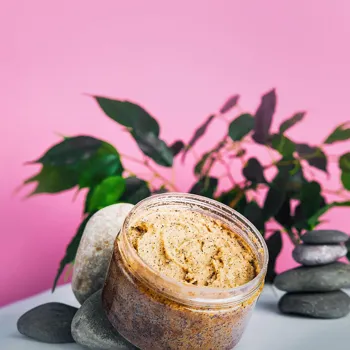
For chemical exfoliation, start with a low concentration of acid and gradually increase it as your skin gets used to it. It's also important to choose a product that's formulated for your skin type.
For example, if you have oily skin, you might want to choose a BHA exfoliant, as it can penetrate oil and unclog pores. If you have dry skin, you might want to choose an AHA exfoliant, as it can help to hydrate the skin.
Choosing right exfoliant crucial for effective results without harm
Selecting the appropriate exfoliant is essential for achieving optimal results without causing harm. Gentle scrubs with fine, round particles are ideal for physical exfoliation, minimizing the risk of micro-tears.
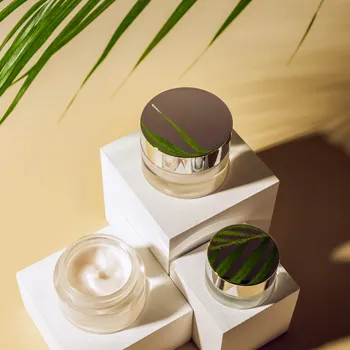
For chemical exfoliation, a low concentration of acid is recommended, especially for beginners, with a gradual increase as tolerated.
Choose exfoliant based on skin type for best results
Always consider your skin type when choosing an exfoliant to maximize benefits and minimize potential irritation.
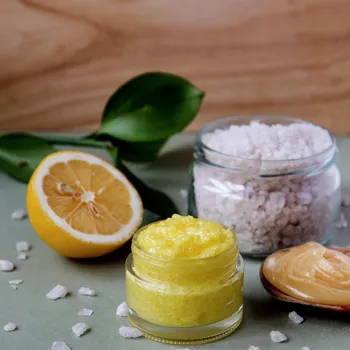
Maximize benefits of exfoliation for healthy skin
In addition to choosing the right exfoliant and exfoliating at the right frequency, there are a few other things you can do to maximize the benefits of exfoliation. First, always exfoliate on clean skin.

This will help to remove any dirt, oil, or makeup that could interfere with the exfoliant's effectiveness. Second, be gentle. Avoid scrubbing or rubbing your skin too hard, as this can cause irritation and damage. Third, always follow up with a good moisturizer.
Exfoliation can strip the skin of its natural oils, so it's important to replenish them to keep your skin hydrated and healthy. And finally, don't forget to wear sunscreen.
Exfoliation can make your skin more sensitive to the sun, so it's important to protect it with a broad-spectrum sunscreen with an SPF of 30 or higher. Incorporating exfoliation into your skincare routine can make a real difference.
Exfoliation improves skin, but tailor routine to your skin type
Exfoliation, when done right, is a valuable addition to any skincare routine. It helps to improve skin texture, reduce the appearance of blemishes, and even boost collagen production.
However, it's important to remember that everyone's skin is different, and what works for one person might not work for another. So, it's essential to experiment and find what works best for you. And if you're ever unsure, don't hesitate to consult a dermatologist or skincare professional.
They can help you to assess your skin type and recommend the right exfoliation routine for your individual needs. So go ahead, give your skin the glow-up it deserves! Just remember to be gentle, patient, and listen to your skin.
Importance of moisturizing and sunscreen after exfoliating
After exfoliating, moisturizing is vital to replenish lost oils and maintain hydration, which could be of importance. Sunscreen is also of importance.

Consistent exfoliation for healthy, glowing skin
Consistency in following exfoliation guidelines will lead to long-term benefits and healthy glowing skin always.
AI Generated Content. Glance/InMobi shall have no liability for the content


